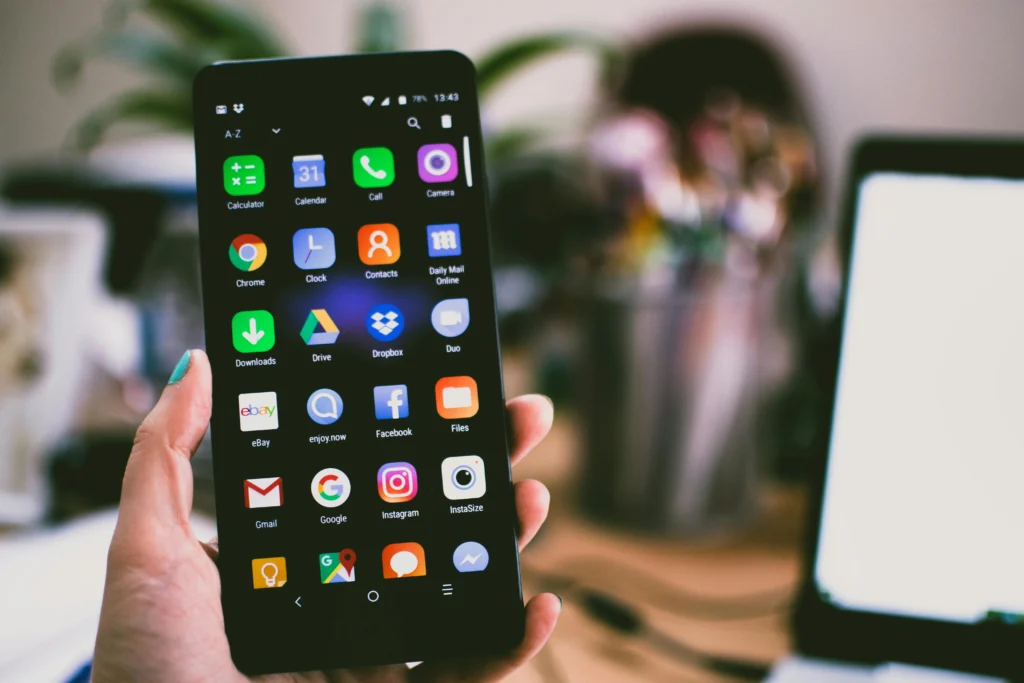Top 10 Ways to Use AI Copywriting (With Real-Life Examples)
Artificial Intelligence (AI) copywriting has become an indispensable tool for brands, marketers, and individuals seeking to supercharge their content creation. These AI-powered solutions do much more than speed up writing; they foster creativity, spark new ideas, and enhance personalization, ultimately reshaping the content landscape.
Here are the top 10 ways you can leverage AI copywriting today, along with real-world examples illustrating their impact.

1. Overcome Writer’s Block and Generate Ideas
One of the most common hurdles for writers and marketers is staring at a blank page. AI copywriting tools, such as ChatGPT, Perplexity, or Copy.ai, can brainstorm topics, generate content outlines, or offer starter paragraphs with just a few prompts. This jumpstarts the creative process and helps overcome the inertia of writer’s block.
- Example: Marketers at major agencies often use AI tools to brainstorm creative angles for new campaigns or blog content when their inspiration dries up. Hootsuite’s team, for instance, recommends using AI for outlining blog posts and scripts, making the daunting first steps much easier for content teams.

2. Draft and Personalize Marketing Emails
Email marketing remains a powerful conversion driver, but writing personalized, compelling emails at scale is challenging. AI now automates this process by drafting emails based on key bullet points, and can adapt voice and tone depending on the audience.
- Example: Companies like Opal use AI copy to produce first drafts of marketing emails, then refine and personalize for specific segments. While human review is still required, the AI saves hours and often elevates the final message with polished structure and clarity.

3. Create Social Media Content in a Targeted Voice
AI can effortlessly generate catchy captions, hashtags, and even image descriptions tailored for different platforms and audience personas.
- Example: Instagram accounts frequently employ AI-generated captions that reflect brand voice, seasonal trends, or campaign goals. Real-life use includes AI adapting information from marketing notes into conversational, on-brand posts matched to a platform’s style, vastly improving turnaround times for social media teams.

4. Produce Multiple Variations for A/B Testing
Effective marketing requires experimentation. AI makes it simple to create multiple versions of ad copy, CTAs, email subject lines, or landing page headlines, enabling comprehensive A/B or multivariate testing.
- Example: Agencies running multiple ads rely on AI to quickly spin several headline and subheading options, which they then let the data decide between. Some companies have saved days of creative work per campaign just by letting AI generate content variations.

5. Repurpose and Summarize Content Across Platforms
AI excels at condensing lengthy reports, articles, or webinars into bite-sized summaries or extracting key points for reuse across various channels, from tweets to newsletter blurbs.
- Example: Content managers at online publications use AI to summarize long-form blogs or reports into digestible versions for email newsletters, LinkedIn updates, or Facebook posts. One editor even has AI write two-sentence summaries for each new blog post, using these for cross-channel promotion.

6. SEO Optimization and Keyword Integration
Driving organic traffic demands keyword-rich, SEO-optimized copy. AI tools now suggest and seamlessly integrate keywords, helping ensure copy ranks effectively on search engines without sacrificing flow or quality.
- Example: Many freelance copywriters and agencies use AI (like Bard or SurferSEO) for automated keyword suggestions and to generate optimized meta descriptions and title tags on command.

7. Translate and Localize Content
AI-based translation brings multilingual content creation within reach—even for brands with small teams. Beyond simple translation, AI can localize language and adjust tone for cultural context.
- Example: Startups with limited staff use AI to translate English website copy into Spanish, French, or Mandarin, adapting not only the language but also the style—to be more formal or playful as required. This approach brings their brand to new markets within days, not months.

8. Content Analysis and Audience Research
AI tools can sift through thousands of customer reviews, social media comments, or survey responses, identifying trends, prevalent sentiments, and recurring themes for deeper market insight.
- Example: Copywriters conducting interviews or market research use AI to summarize and analyze hundreds of testimonials, surfacing the language their audience uses, and extracting the top pain points or wishes to inform messaging strategy.

9. Adjust Tone, Style, and Length Instantly
Need to make a description shorter for Twitter, or write a more formal version for LinkedIn? AI can instantly rewrite copy, letting users switch between tones (formal, casual, witty, empathetic) or adjust length based on the platform’s requirements.
- Example: Marketers reuse a single piece of content across platforms: An AI tool condenses a 300-word product description for a tweet, creates a medium-length blurb for a Facebook ad, and expands it for a blog introduction, all while adapting tone for each audience.

10. Quality Assurance: Proofreading and Consistency
Beyond creation, AI tools can review grammar, check for spelling mistakes, flag repeated phrases, assess readability, or even warn if your copy sounds too much like a robot.
- Example: Large editorial teams and solo writers alike use platforms like Grammarly or QuillBot to proofread long-form content, ensuring error-free, human-like copy that meets publishing standards. QA workflows at digital magazines now rely on AI for a first-pass copy check—catching issues before a human editor gives final approval.
Tips for Harnessing AI Copywriting Effectively
- Always review AI-generated copy for accuracy, tone, and nuance. AI is fast, but a human touch ensures quality and authenticity.
- Use AI for brainstorming and drafting, but let your expertise refine the end product.
- Lean on AI to reduce repetitive tasks, enabling you to focus on strategy, creativity, and relationship-building.
Conclusion: The Future of Copywriting is Collaborative
AI copywriting is not here to replace human ingenuity; instead, it acts as a creative and strategic partner. By skillfully leveraging AI, overcoming writer’s block, personalizing content, and optimizing for multiple platforms, writers, marketers, and organizations can scale their output while delivering more meaningful, resonant messages.
Welcome to the future of writing: where AI amplifies, but the best ideas and connections are still made by people.


